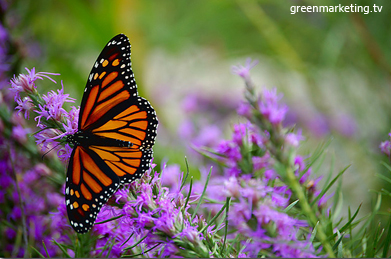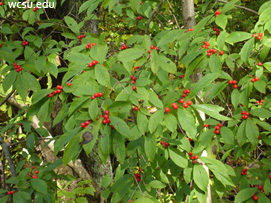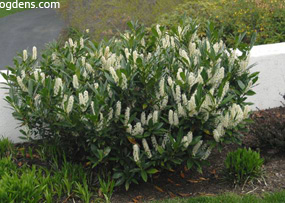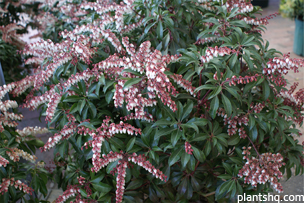 Plants native to this continent or more specifically the northeast have developed survival strategies over millions of years. You might as well take advantage of this!
Plants native to this continent or more specifically the northeast have developed survival strategies over millions of years. You might as well take advantage of this!
Native plants save you time, effort and money …
Less watering once established
Less maintenance
Less interesting to deer

Recommended native plantings to attract .....
| Birds and Butterflies.
Here are some native species that can be used as replacements for the Japanese Barberry: These native plants supply nutritious berries. You might call them bird candy. |
|
Also sold but Designated as Invasive – Do not use the following substitutes: |
|
| Bees | |
|
|
| Hummingbirds | |
|
|
Recommended native plantings by habitat
| Dry Areas | |
|
|
| Wet Areas | |
Shrubs |
|
| Shade Tolerant | |
|
|
| Deer Resistant | |
Shrubs Ground cover |
|
There are over 2000 plant species in Connecticut and this site can recommend only a small portion of what is available for you to nurture in your habitat.
Write us about what issues you are resolving in your landscaping efforts. What do you want it to become?
The bottom line..... Get rid of invasives.
Give your native plants a chance so our birds and butterflies can return in numbers.
That’s why you have to act now.

 Bayberry, Myrica (Morello) pennsylvanica
Bayberry, Myrica (Morello) pennsylvanica Asters - Aster
Asters - Aster Trees
Trees Trees
Trees Trees
Trees Trees
Trees Trees
Trees